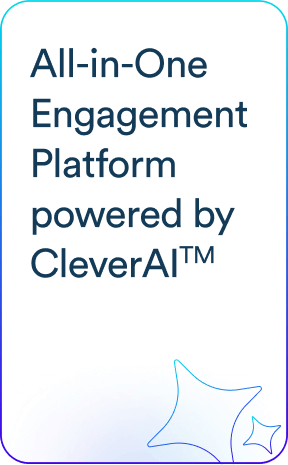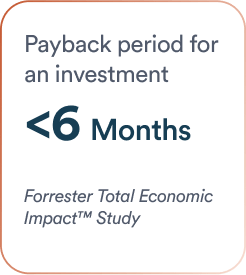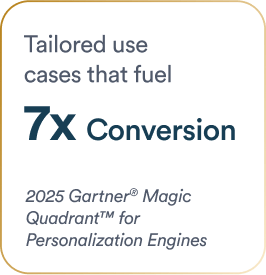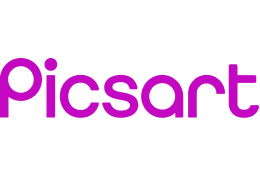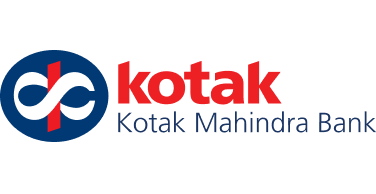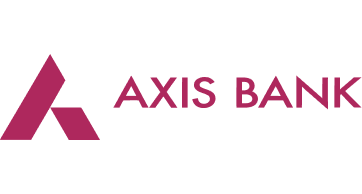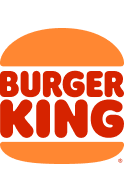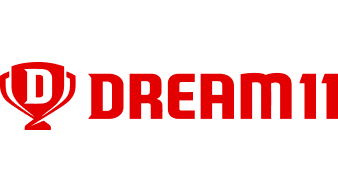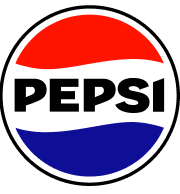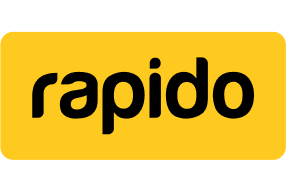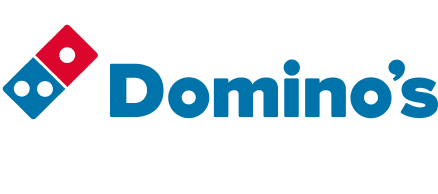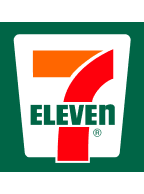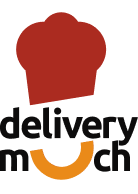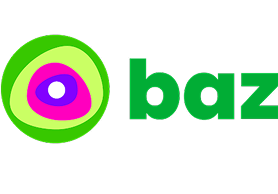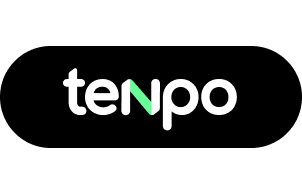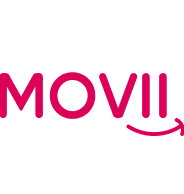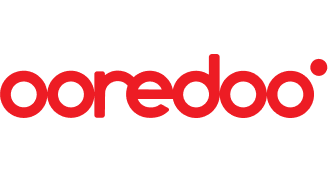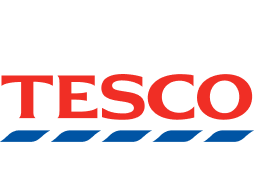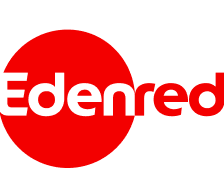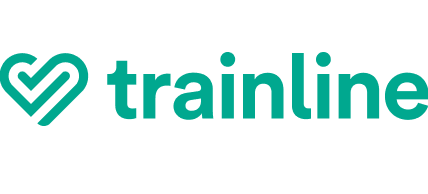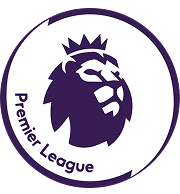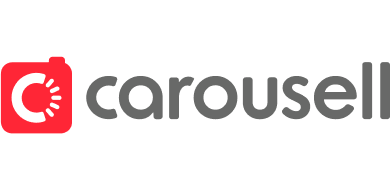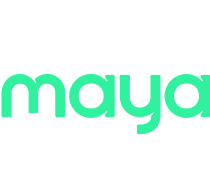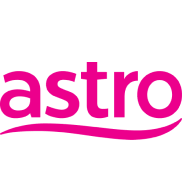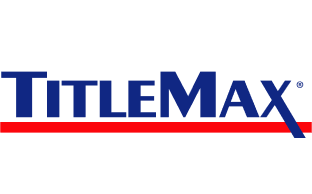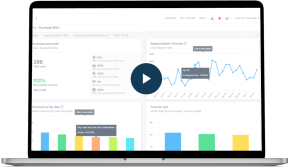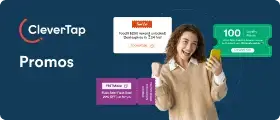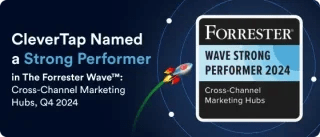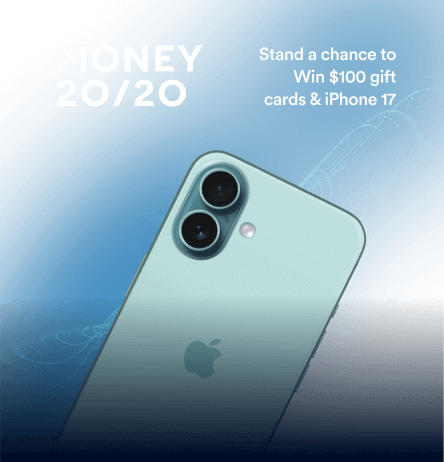A strong loyalty program management does not treat loyalty rewards as a one-off campaign but as a strategic, ongoing business system. By continuously planning, targeting, and optimizing loyalty mechanics, brands turn customers into repeat buyers and advocates.
Studies show even a 5% bump in retention can translate to a 25% to 95% profit increase, and about 57% of consumers spend more with brands they feel loyal to. It’s no surprise that loyalty programs are widespread, with over 90% of companies having one. The real winners are those who manage them strategically and continuously improve their loyalty program management.
This blog acts as a guide on loyalty program management by sharing advanced strategies and key considerations for deciding the right loyalty rewards management.
What is Loyalty Program Management?
Loyalty program management involves the strategic planning, execution, and optimization needed to operate a successful rewards program. A robust loyalty management program covers the following:
- Setting clear objectives and rules based on points, tiers, partner offers, etc
- Targeting customers based on behavior and buying history throughout the customer life cycle
- Continually analyzing results and optimizing the rewards
Loyalty program management spans the entire customer lifecycle, from acquisition through retention, and requires cross-functional coordination. For example, loyalty managers might work with the marketing team to craft promotions, product teams to integrate rewards into the app, and data analysts to measure performance.
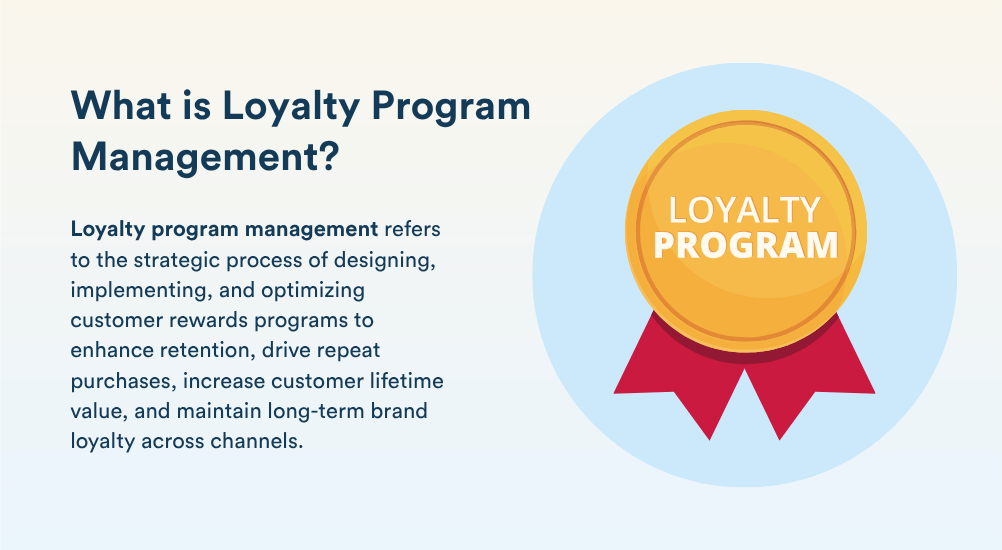
It often bridges online and offline channels so points earned on a mobile app instantly appear in-store. Essentially, managing loyalty is a business function that requires embedding it into product, marketing, and CRM operations, rather than treating it as a one-time launch.
Why Loyalty Program Management Is a Competitive Advantage
When managed well, loyalty programs become a major competitive edge by directly contributing to:
- Customer retention and Repeat Engagement: Loyal members buy more often and stay longer. One study found that 84% of consumers are more likely to stick with a brand that offers a loyalty program.
- Increased Customer Lifetime Value (CLTV): Loyal members spend significantly more. Customers who redeem rewards spend roughly 3X more per year than non-members. That adds up to top-performing programs generating 15–25% more revenue, thus increasing the customer lifetime value. This generally comes from larger orders or orders with high purchase value.
- Lower Operational Friction and Better Campaign Scalability: Modern loyalty platforms integrate with your CRM and marketing stack, automating enrollment, points tracking, and personalized messaging. That means enrollment campaigns, reward distribution, and ongoing communications become automated. For example, you can launch a double-points flash sale or a tier-upgrade email at the push of a button, all while analytics track impact.
- Real-Time Hyper-personalization that Drives Value: Using behavioral data, such as purchase history and app activity, helps tailor offers in real time. You might trigger a birthday reward, send bonus points when a customer hits a spending milestone, or automatically re-engage a dormant VIP. Personalized experiences catered to different segments of work. Brands with dynamic loyalty offers see 110% more customers adding items to their carts and 40% higher spending. Data powers precision segmentation and messaging that keeps members engaged.
- A Consistent Omnichannel Experience: Customers expect to earn and redeem points seamlessly on the web, mobile, or in-store. Consumers prefer a unified brand experience across all touchpoints. If you announce a “double points weekend” via email, members should see that same offer in their mobile app and on receipts. By tying your loyalty logic into every channel, you reinforce your brand and avoid confusion.
- Strong Brand Identity: A distinctive loyalty program strengthens brand identity by offering exclusive rewards that set the brand apart and foster customer advocacy. It also builds resilience in challenging economic conditions, motivating loyal customers to keep engaging and purchasing even when overall spending declines, ensuring steady revenue and long-term customer relationships.
Taken together, these factors mean strategic loyalty management drives retention, customer lifetime value, and word-of-mouth marketing, giving you a clear edge over competitors.
Want to strengthen customer relationships and boost lifetime value? Discover the 11 powerful benefits of customer loyalty programs.
6 Pillars of Effective Loyalty Program Management
Mentioned below are six fundamentals to keep in mind while setting up loyalty programs.
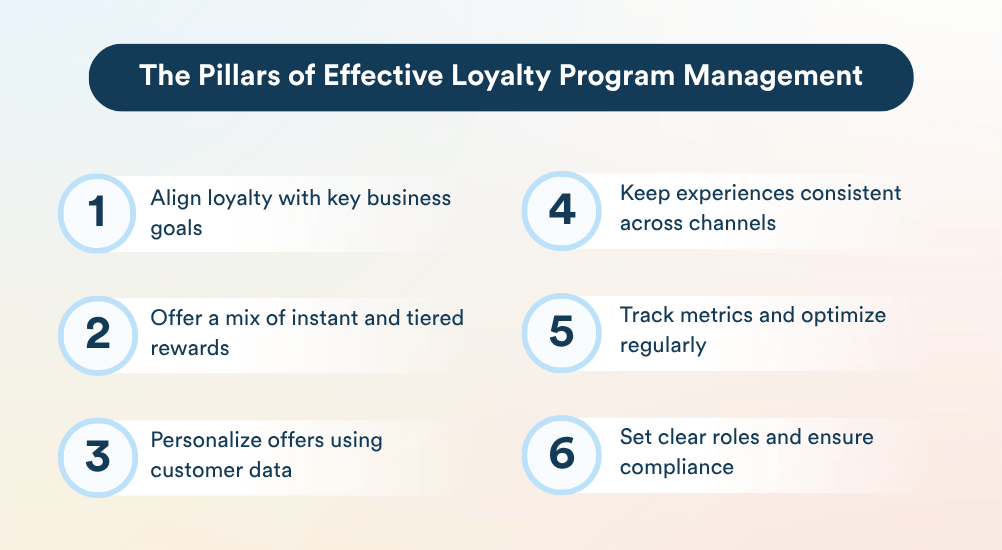
1. Align loyalty strategy with business and lifecycle goals
Every loyalty program must tie back to broader company objectives. Start by defining what your program should achieve. Does the bigger picture include
- A higher repeat purchase rate
- Increased average order value
- More subscription renewals
Or, it may be something else. First, identify the end goal and then map the tactics to the customer journey.
For example, offer a big welcome bonus to new members, send bonus-point accelerators mid-cycle to encourage repeat buys, and reserve exclusive VIP perks for long-term customers.
Establish concrete timelines and set metrics like enrollment growth, repeat-purchase rate, or average CLTV, and decide how to measure them. For instance, you might aim to enroll 20% of customers in 6 months and grow their repeat purchase rate by 10% in a year. Documenting these goals clarifies how loyalty will move the needle on core business outcomes.
2. Build reward structures that drive long-term motivation
Your rewards must provide both immediate incentives and aspirational goals. A common approach is tiered and points-based loyalty rewards management systems. Customers earn points on every transaction and advance through levels, such as Silver, Gold, Platinum, etc, as they spend.
Tiered programs create a game dynamic, and customers feel rewarded for progress and are motivated to spend more to reach the next level. This gamification of loyalty programs drives short-term sales while strengthening emotional loyalty. At the same time, it gives members regular short-term wins.
For example, you can grant a welcome points bonus or a small discount on their first purchase. Or celebrate milestones like the member’s anniversary with extra points, personalized discounts, or a freebie. Mixing immediate gratification with coupons, bonus points, and cashback with longer-term aspirational rewards keeps members engaged over time. Always test and iterate to test what works. If a reward is rarely redeemed, change it. Align rewards with your branding, let points be redeemable for products or experiences your customers love.
3. Leverage behavioral data to personalize campaigns
A well-managed loyalty program collects a wealth of data. Use this data to segment and target members precisely. For example, identify dormant members who haven’t earned points recently and send them a special reactivation offer.
Customize communications based on behavioral or demographic data. Trigger bonus points on a member’s birthday or an email alert when they’re close to a reward threshold. Tailor campaigns to different segments. Treat new joiners differently from VIPs or at-risk users.
Customers who feel recognized by a program engage much more deeply. By aligning loyalty offers to individual behavior rather than generic blasts, you make each customer feel valued and maximize each campaign’s return on investment (ROI).
4. Orchestrate consistent experiences across marketing and product
Make your loyalty program feel like a native part of every customer touchpoint. Ensure that mentions of the program use the same branding, terminology, and rewards rules everywhere on email, app, website, in-store signage, etc.
For example, suppose you promote double points in an email. In that case, your mobile push notification and web banner should match that language, and the member’s points balance should update instantly across platforms.
Use a centralized loyalty platform or well-integrated systems so that data and balances sync in real time. This consistency builds trust. When a member scans their loyalty card or logs in, they should see the same points and tier they expect. Cohesive experience across channels not only delights customers, but it also prevents friction. A member shouldn’t lose confidence by finding a mismatch in their rewards.
5. Monitor performance and adapt using real-time insights
Regularly track key loyalty metrics. Useful measures include
- Active member rate
- Points redemption rate
- Net incremental revenue from loyalty promotions
Set up dashboards to spot trends. For example, a sudden drop in redemptions might signal confusion about how to use points, or a saturation of offers.
Analyze by segment and research which cohorts, e.g., VIPs vs new members, have the highest engagement? Tie the loyalty results back to financial outcomes. If you see a loyalty campaign yielding high additional sales, you know which strategies are working.
Use A/B testing continuously and run controlled experiments on different reward levels, communication channels, or creative, and make adjustments based on which variant outperforms. The key is to keep learning and iterating so the program stays responsive and profitable.
6. Establish operational governance for compliance and scale
As your program grows, establishing clarity on processes and roles is essential. Assign ownership, typically to a loyalty manager or a small cross-functional team, to handle the roadmap, budget, and vendor relationships.
The team or manager will ensure compliance with GDPR data rules, tax treatment of rewards, and sweepstakes laws, and coordinate across departments. For instance, they might set up regular audits of point liabilities or approve any new campaign.
Define simple approval workflows so that any change to tiers or major promotions should go through a sign-off. Also, build internal training so customer service and sales teams understand the program details.
Good governance prevents mistakes like giving away too many points and keeps the program aligned with company policies. Successful loyalty program management involves marketing, IT, finance, and legal teams collaborating tightly to maintain data security, financial controls, and operational hygiene.
Read more: Gain clarity on the cost of building a customer loyalty program and how to budget for long-term success.
Advanced Strategies to Scale and Evolve Loyalty Programs
Here are four advanced strategies for loyalty program management.
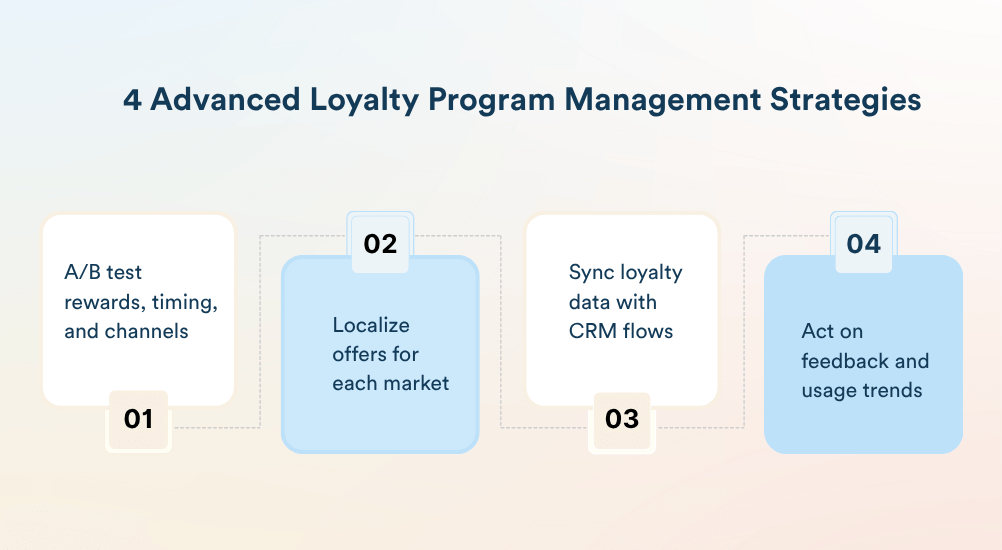
1. Test and refine with loyalty A/B experiments
Top programs never stop experimenting beyond the basics. Run A/B tests on different campaign elements, such as:
- Try different point multipliers
- Creative themes
- Message timings for subgroups of members.
For example, a test offering “2× points on electronics this weekend” against “10% cashback on next purchase” to see which drives more engagement.
Also test communication variants, send one email against a push notification for a reward, and measure which has a higher redemption rate. Use proper statistical methods and run tests long enough to reach significance.
Even small uplifts, like a 5% higher redemption, can compound over thousands of members. If a variant underperforms, drop it and try something new. The goal is continuous improvement and to ensure successful tests become permanent features, and failed tests teach you what not to do.
2. Build localized campaigns across global markets
For multi-national brands, localization is essential. Tailor loyalty offers and communications to each market’s culture and preferences. A coupon that thrills US customers might fall flat elsewhere.
Translate content and adjust reward catalogs to local tastes. For instance, offer cash vouchers in one country and local-brand products in another. Adapt to local currencies and legal environments, and consider local holidays or events; a special festival points bonus can resonate strongly in one region.
Use a unified backend for efficiency, but allow each market to run its own front-end campaigns. For example, leverage the same loyalty engine but enable country-specific dashboards so local teams can launch regionally relevant promotions quickly.
3. Integrate loyalty signals into CRM and re-engagement workflows
Don’t let loyalty data live in a silo. Feed key loyalty events into your CRM and marketing automation. For example, upgrade a member’s segment tag when they reach a new tier, then use that trigger to send a celebratory welcome or VIP offer via email or in-app message.
Conversely, if a member hasn’t earned points in 30 days, flag them as at-risk and launch a win-back campaign, like bonus points if they return. You can even sync loyalty segments with ad platforms. You can retarget high-tier members with exclusive product releases and mid-tier members with incentive emails.
Treat loyalty status as a rich attribute in your customer profiles. By connecting loyalty signals to your broader customer lifecycle campaigns, you ensure the program continually fuels personalized marketing.
4. Close the loop with customer feedback and usage behavior
Periodically survey or poll your loyalty participants to understand their satisfaction and suggestions. Couple this with usage data and analyze which rewards are the most and which the least redeemed, which campaigns had the highest uptake, and where members drop off.
For instance, if 98% of members never use a particular voucher, that’s a sign to replace or promote it differently. Companies that act on feedback are likely to see huge loyalty gains.
Don’t just collect feedback, act and iterate on it. Introduce a beta program for new features with power users, implement popular suggestions, and communicate changes to members. Research shows 97% of customers become more loyal when they see their feedback implemented. Closing the loop, from suggestion to action, fosters trust and makes your members feel heard, which is invaluable for long-term loyalty.
How to Decide the Right Loyalty Program Setup for Your Business
Loyalty technology solutions generally fall into three categories:
- Custom In-House Systems: An in-house approach means building your own loyalty logic on your app or platform. It offers maximum flexibility and full control, but requires significant development, maintenance, and time to launch.
- SaaS Platforms: A SaaS loyalty platform gives you a ready-made solution that can launch much faster, with ongoing updates and support, at the cost of subscription fees and some vendor limitations.
- Hybrid Models: Hybrid models combine both. You might use a core platform for standard features and build custom integrations or interface layers on top for your unique needs.
If you are a decision-maker, you can guide your choice based on the following:
- Your Team Size and Technical Resources: If you have a small team or need to go live in a few weeks, a SaaS solution can get you started quickly. If you have strong engineering resources and very specialized requirements, an in-house or a hybrid setup may be warranted.
- Time-to-Market vs. Flexibility: SaaS wins on speed, while custom wins on tailoring every detail. You need to prioritize between the two or find a middle ground for optimal results.
- Budget and Scale: In-house development is a capital expense and ongoing maintenance, whereas SaaS is typically an operational expense. Look at future needs, for example, make sure a SaaS provider supports multiple currencies or languages if you plan to expand globally.
Prioritize solutions that integrate easily with your CRM or marketing tools and provide robust analytics, so you’re not restarting from scratch if you change platforms later.
How CleverTap Helps You Manage Loyalty with Precision
CleverTap is an all-in-one customer engagement platform that is built to handle all the complexity of modern loyalty programs in the following ways:
1. Trigger loyalty campaigns based on user behavior in real time
CleverTap’s Promos & Loyalty platform lets you set up loyalty campaigns triggered by customer actions and behavior in real time. Set campaign triggers such as “onboarding complete,” “spent $X,” or other custom events, without needing developer support. These campaigns respond to user actions as they happen, ensuring timely, personalized engagement that reinforces desired behaviors.
2. Customize and manage points, cashback, and vouchers in loyalty wallets
The platform offers a flexible API-first loyalty wallet system to manage multiple reward types, including points, cashback, milestone rewards, and referral bonuses. You can credit points via APIs or scheduled campaigns for purchases, referrals, or promotions, and track their entire lifecycle across active, spent, and expired rewards. Bulk partner voucher uploads are also supported, making it easy to deliver targeted incentives like “$10 off after the third purchase.” Distributed rewards are accessible within the user’s wallet, providing a seamless and trackable redemption experience.
3. Use no-code rule builders to adapt quickly without engineering
CleverTap’s no-code rule builder allows marketing teams to create, modify, and launch loyalty campaigns without relying on engineering resources. By dragging and dropping journey builders, you can set triggers, filters, and actions, and rapidly test new reward mechanics, such as a weekend double-points offer. Campaign performance data helps identify high-performing strategies that can be expanded for greater impact. This agility ensures your loyalty program can evolve in step with customer behavior and business goals.
4. Track retention, redemption, and engagement through integrated analytics
Integrated analytics and dashboards provide a single view of performance, with metrics such as redemption rates, engagement levels, and revenue uplift. You can filter the dashboard to see redemption rates, ROI, and revenue lift attributable to each promotion. For example, you can compare the performance of cashback offers and percentage discounts using campaign analytics, and adjust your strategy accordingly. Having all data in one place means you don’t need to export logs, you get instant insights on what’s working and what’s not.
5. Scale loyalty across push, in-app, email, and more from one place
With CleverTap’s omnichannel engagement capabilities, you build a campaign once and deliver it across push notifications, in-app messages, email, SMS, and other channels. The API-first design also enables seamless integration of loyalty features, such as showing point balances or reward statuses, directly into your mobile app or website. This unified approach ensures members receive a consistent experience across digital touchpoints. The result is a seamless cross-channel experience, whether a customer is on mobile or web, their loyalty status and rewards stay fully synchronized.
Power your loyalty program with real-time engagement and personalized rewards using CleverTap.
Final Thoughts: Loyalty That’s Built to Last
Loyalty is built over time, through consistent experiences that reward not just transactions but engagement, trust, and advocacy. By mastering loyalty program management, your brand doesn’t just retain customers; it creates a community of long-term advocates who drive sustained growth.
Effective loyalty program management creates a continuous, value-driven relationship with your customers. Brands that treat loyalty as a strategic growth lever, rather than a standalone marketing tactic, are the ones that see sustained increases in retention, customer lifetime value, and brand advocacy.
As customer expectations evolve, loyalty initiatives must evolve too. This means moving beyond static reward catalogs to dynamic, behavior-based engagement that feels personal and relevant at every stage of the customer lifecycle. It also requires breaking down silos between marketing, product, and analytics teams so that every campaign is informed by real-time insights and aligned with broader business goals.
The right technology makes this possible. Platforms like CleverTap equip marketing and growth teams to orchestrate seamless loyalty experiences without the heavy lift of custom development, freeing them to focus on strategy, testing, and optimization. Book a demo today!
Shivkumar M 
Head Product Launches, Adoption, & Evangelism.Expert in cross channel marketing strategies & platforms.
Free Customer Engagement Guides
Join our newsletter for actionable tips and proven strategies to grow your business and engage your customers.

